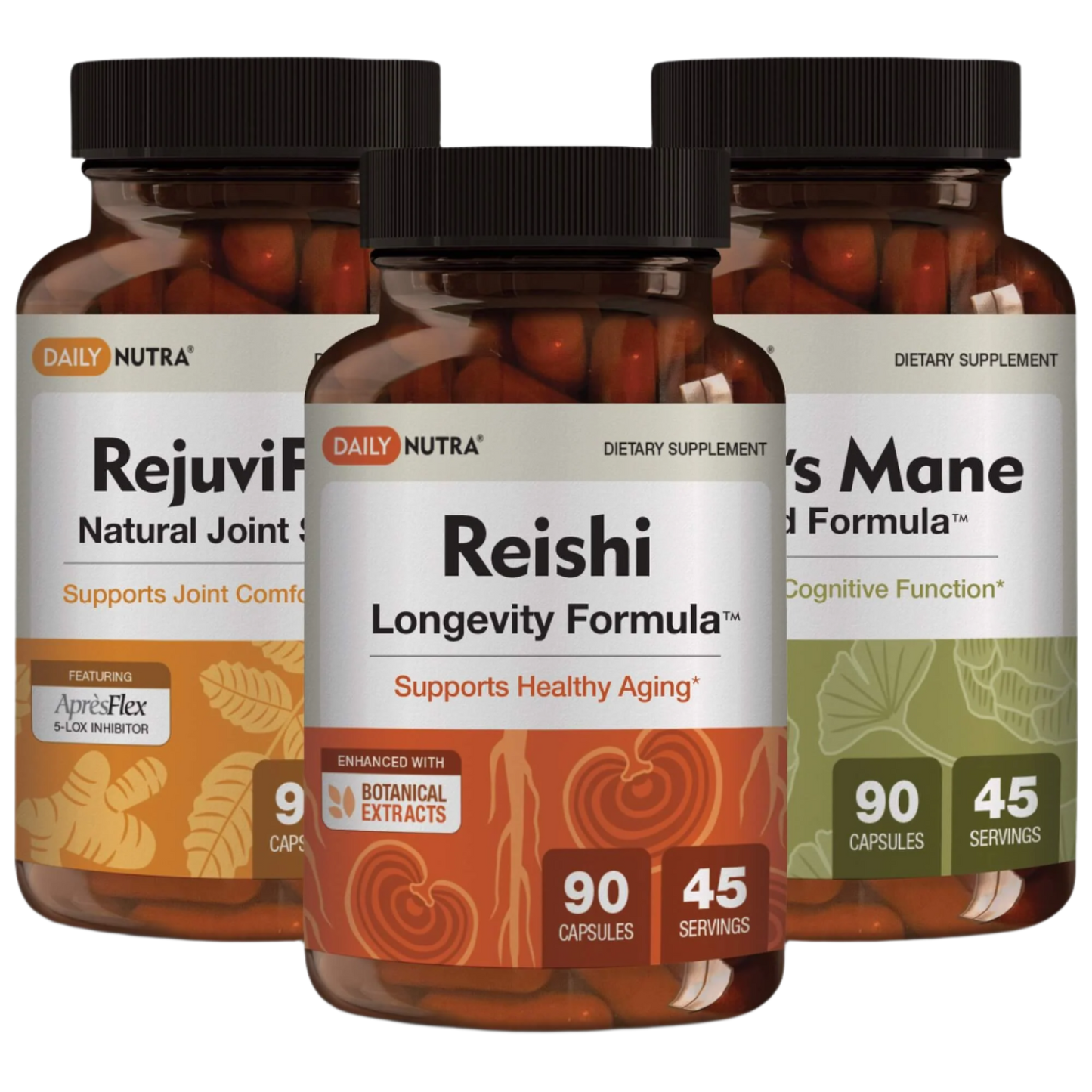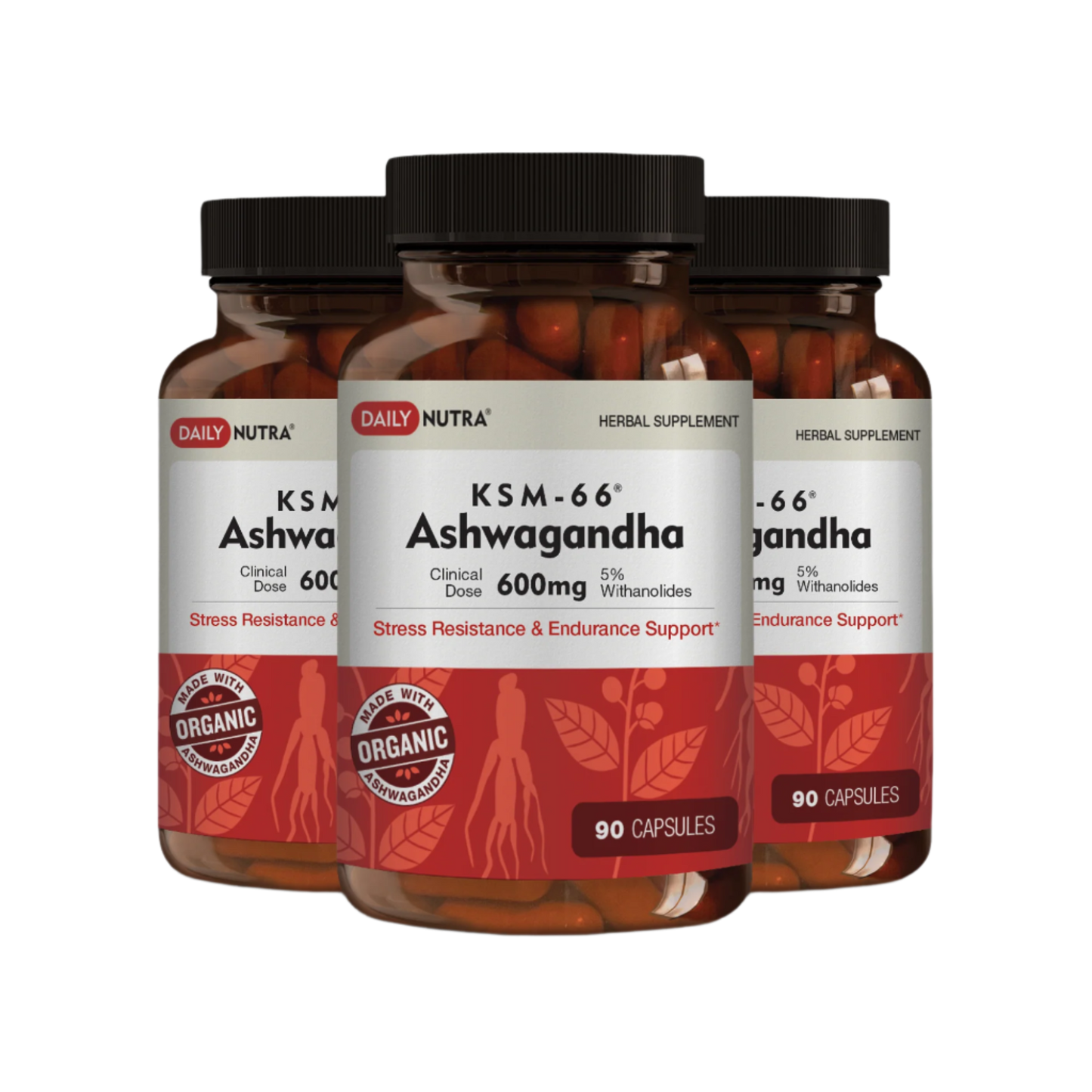Abstract Summary
Objective
To identify the maximum daily dose of ashwagandha (Withania somnifera) supported by clinical research, emphasizing efficacy and safety.
Context
Ashwagandha, a staple of Ayurvedic medicine, is now widely embraced in Western wellness for stress relief, cognitive enhancement, hormone support, and more. As usage expands, defining a safe upper limit becomes essential, especially for individuals considering higher doses for fertility, sleep, or chronic stress.
Methods Used
Approach
This study involved a structured review of clinical literature and pharmacological trials published between 2000 and 2025. It focused on human studies involving standardized root extracts (e.g., KSM-66, Sensoril) and their safety profiles.
Data Collection
Dosage data was compiled from research listed on platforms like PubMed, ScienceDirect, and peer-reviewed health reviews. Extract forms ranged from 125 mg to 6,000 mg per day. Emphasis was placed on outcome studies related to stress, fertility, hormonal markers, and pharmacokinetics. Clinical safety data, serum hormone levels, and side effect reports were reviewed.
Researchers' Summary of Findings
Health Implications
The most reliable daily dosage of ashwagandha for general wellness lies between 300 to 600 mg of standardized root extract, offering proven benefits for stress relief, hormonal balance, and mood support. Higher doses, such as 1,000 to 1,250 mg per day, may be effective for specific conditions like fertility enhancement or chronic anxiety but should only be used under professional guidance. Though some studies have reported safe use at extremely high doses—up to 5,000 or even 6,000 mg per day—these are rare and lack robust long-term safety data. Individuals with thyroid issues, autoimmune conditions, or those on sedatives should approach ashwagandha with caution, as it may interact with medication or worsen certain symptoms. Pregnant and breastfeeding women should avoid it unless advised by a healthcare provider. For healthy adults, however, ashwagandha remains one of the most well-tolerated and effective adaptogens when used responsibly.
Sustainability
While dosage discussion isn't directly related to sustainability, higher dosage use translates to greater herb demand. Choosing high-quality, standardized extracts and sourcing from ethically managed, sustainable farms helps mitigate environmental impact, especially when use extends beyond standard dosing.
DOI
10.1515/dmpt‑2024‑0089





